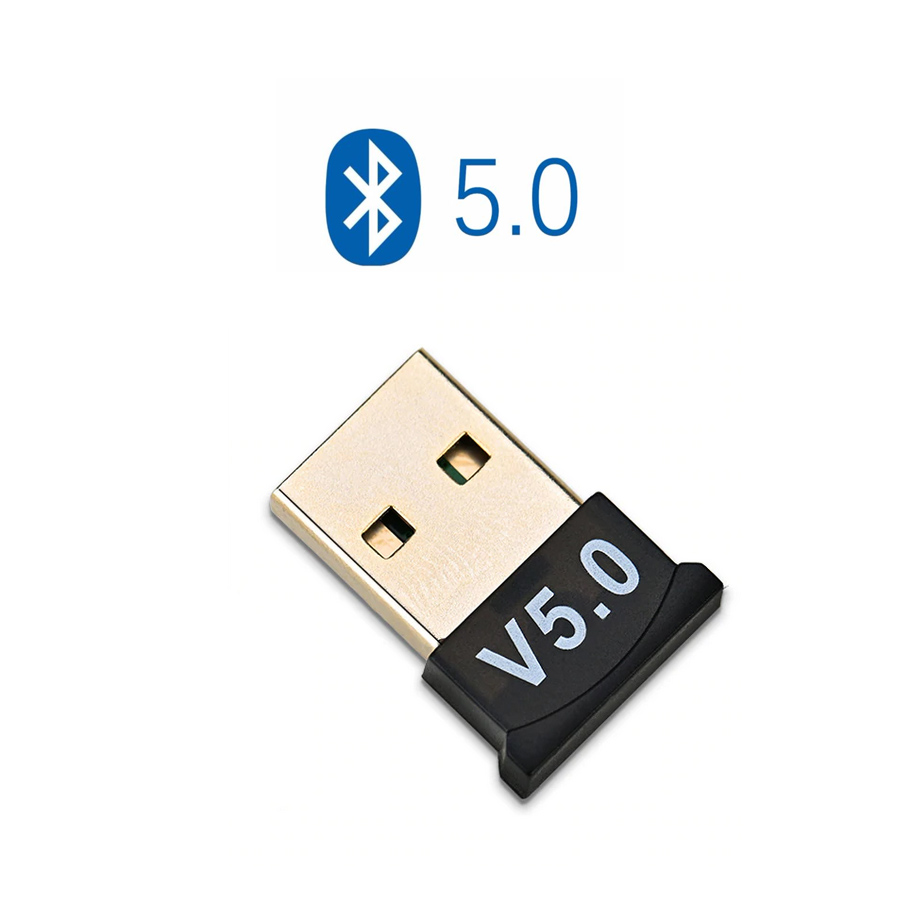Wireless Card
If you need wireless capabilities then you will want one of these network cards.
Which one you opt for will depend on what speed you choose which will of course depend on your uses. As a general rule of thumb if you only want it to access the internet then a Single 2.4Ghz band 150 - 300 Mbps option will do. 300 Mbps is the equivalent of 300 Mbps internet connection which is considered pretty fast so if your internet connection is say 72 Mbps then a 300 Mbps card is way more than you would need. You only really need faster if you are transferring large files over the network such as from one computer to another or perhaps downloading a large video file from your mobile phone.
The exception to this rule is if you are using the system in a built up area - very roughly we would define a built up area as being able to see 3 wireless networks in the location of where the system is going to be. As well as other wireless networks built up areas also have more devices that utilize the same radio frequency as a wireless networks - wireless phone handsets, microwaves, baby monitors, wireless headphones & speakers, radio controlled toys, car alarms & garage doors are a few examples and these can all effect the performance of a wireless network. It is likely you don't have control over some of these devices or even know of their existence and it results in a very crowded wireless network environment. When this is the case we recommend you opt for a "dual band" wireless card that operates on the 5.0Ghz frequency - this is a much less crowded frequency and has many more "channels" that significantly reduce interference.
Naturally in order to utilize the 5.0Ghz range you must have a modern router or access point capable of running on 5.0ghz - Most modern routers made in the last 5 years are dual 2.4Ghz and 5.0Ghz band.
Coverage on 2.4Ghz & 5.0Ghz is similar, 2.4 GHz (802.11n) standard covers up to 820 ft which is the same as 5.0 GHz (802.11ac). Again, there are exceptions, 5.0 GHz (801.11a) for example will only cover up to 390ft however we only sell 802.11ac or better so this doesn't matter. The caveat is that 2.4Ghz is better at penetrating solid object such as walls so depending on where you are your mileage may vary however the beauty of dual band is you can choose between 2.4Ghz and 5.0Ghz, single band you cant.
Wireless cards that have built in Bluetooth require a spare USB 2.0 Motherboard header, these can often be populated with case USB ports, Corsair Hydro cables. If there are not enough ports on the motherboard then the Bluetooth functionality of the wireless card will come disabled.
Please be aware, Bluetooth and wireless/wifi are two different technologies.
Motherboard Integrated WiFi 7
The revolutionary WiFi 7 is up to 4.8X times faster than standard WiFi 6, thanks to tech like 320MHz channels on the 6GHz band and 4K QAM. Multi-Link Operation (MLO) provides a more stable WiFi connection and lower latency, unlocking the realms of the unknown in gaming, streaming and industrial IoT.
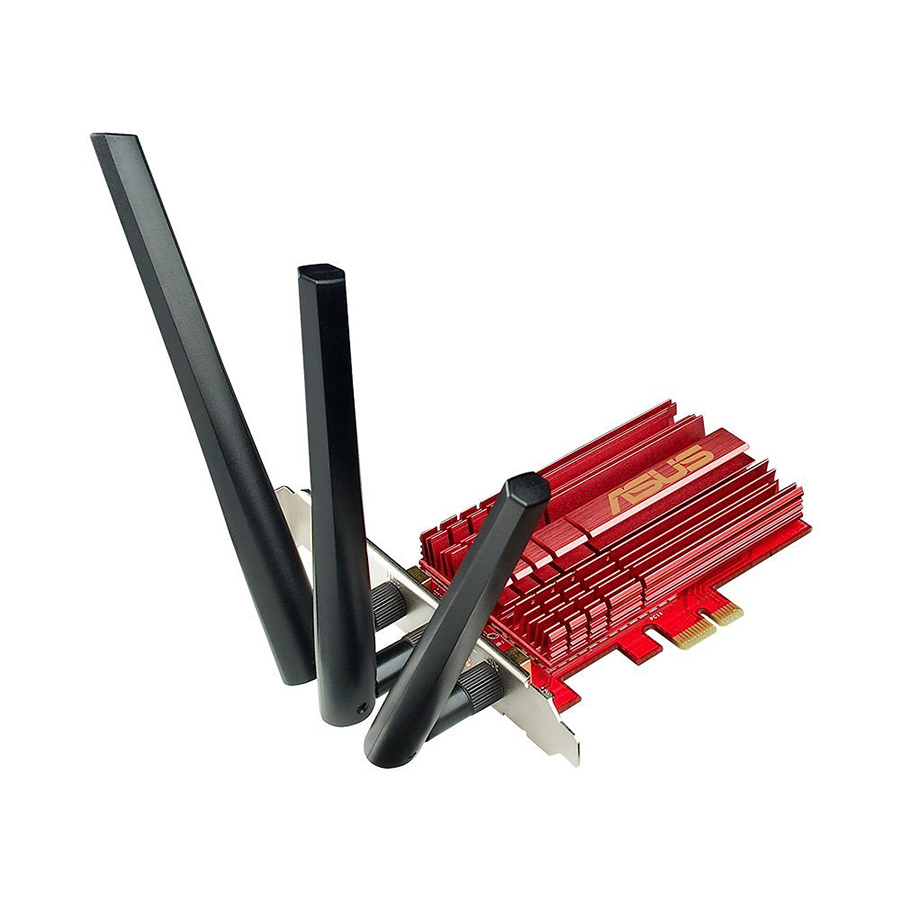
Motherboard Integrated WiFi 6E
Onboard WiFi 6E technology takes advantage of newly available spectrum in the 6 GHz band to provide up to seven 160 MHz channels for ultrafast throughput and better performance in dense wireless environments.
| Data Transfer Rate | 4600 Mbps |
|---|---|
| Compliant Standards | Wi-Fi 802.11 a/b/g/n/ac+ WiGig 802.11ad |
| Interface | Motherboard Integrated |

None

TP-Link TL-WN881ND 300Mbps
The TP-Link TL-WN881ND is designed to provide complete end-to-end wireless performance from the server or server backbone to the switch infrastructure and down through to the desktop with the PCI Express connector. The Wireless-N PCI Express Adapter provides wide compatibility, fitting with any standard PCI Express slot, x1, x2, x8, or x16. Compared with standard PCI network cards, it offers increased bandwidth, reliability and more functionality, allowing you to enjoy a fast and advanced connection, such as downloading, making internet calls and video streaming.
| Data Transfer Rate | 300Mbps Single Band 2.4Ghz |
|---|---|
| Compliant Standards | IEEE 802.11b, IEEE 802.11g, IEEE 802.11n |
| Interface | PCI-E |
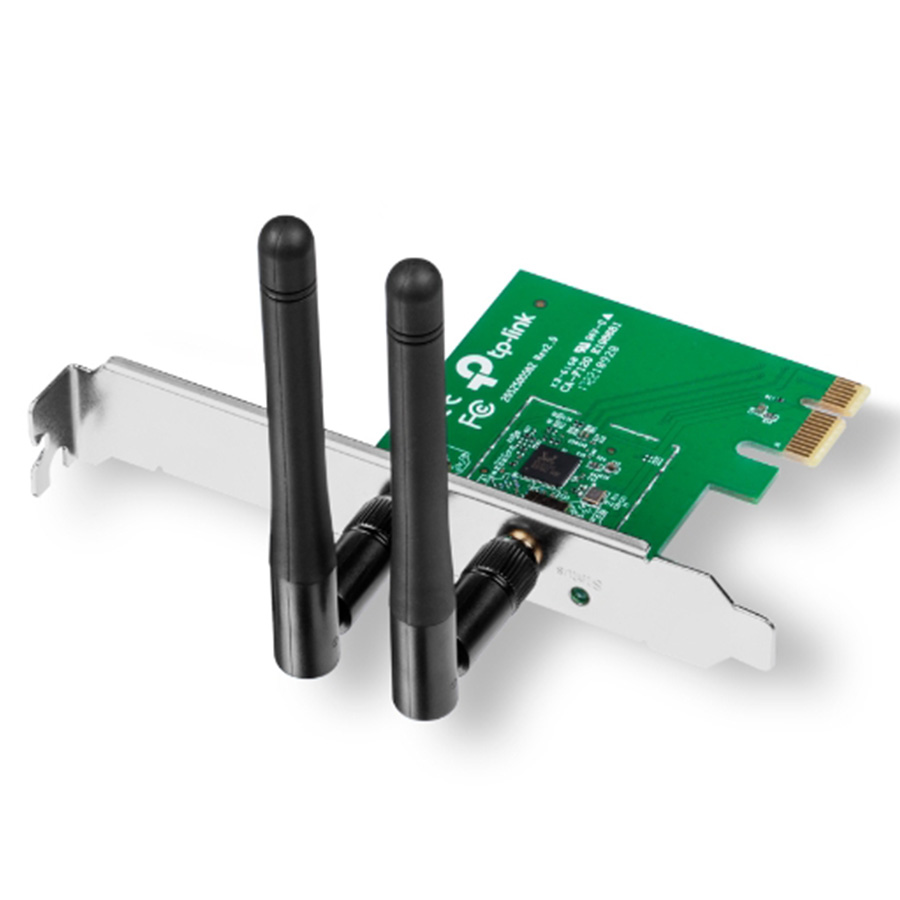
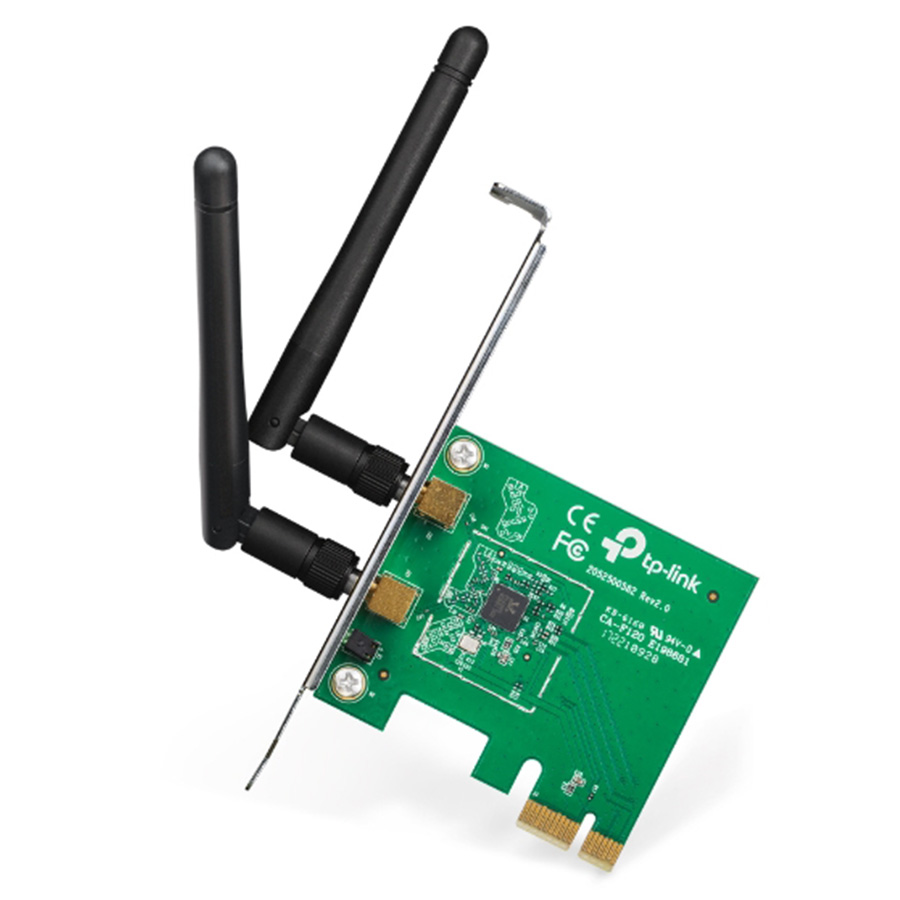
Asus AX1800 WIFI 6 1201Mbps & Bluetooth 5
Slot ASUS PCE-AX1800 into your PC for an instant upgrade to the latest Bluetooth 5.0 technology. You'll benefit from the convenience of wireless connectivity with a wide range of devices, including speakers, headphones and game controllers, plus transmission speeds that are up to 2X faster – and with up to 4X-greater range.
ASUS PCE-AX1800 comes with the latest WPA3 Wi-Fi security standard, providing your PC with an extra layer of protection against external attacks to give you added peace of mind.
| Data Transfer Rate | 1201 Mbps Dual Band 2.4Ghz & 5.0Ghz |
|---|---|
| Compliant Standards | 802.11a, 802.11b, 802.11g, 802.11n, 802.11ax (2.4GHz), 802.11ax (5GHz), Bluetooth 5 |
| Interface | PCI-E |
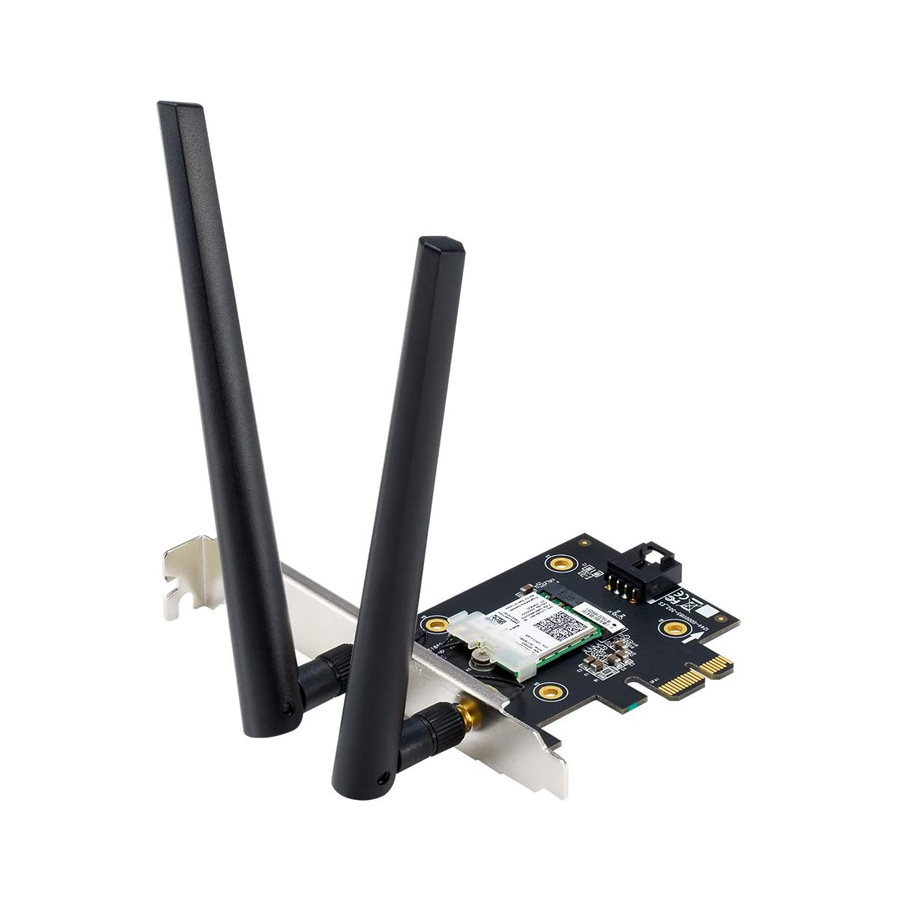
Asus BE6500 WIFI 7 5800Mbps & Bluetooth 5.4
ASUS provides a total solution for the latest WiFi 7 standard, from routers to wireless PCIe® cards. With carefully designed engineering and supporting software, ASUS WiFi 7 total solution ensures optimized capabilities and performance.
| Data Transfer Rate | 5800 Mbps |
|---|---|
| Compliant Standards | WiFi 7 (802.11be) & Bluetooth 5.4 |
| Interface | PCI-E |
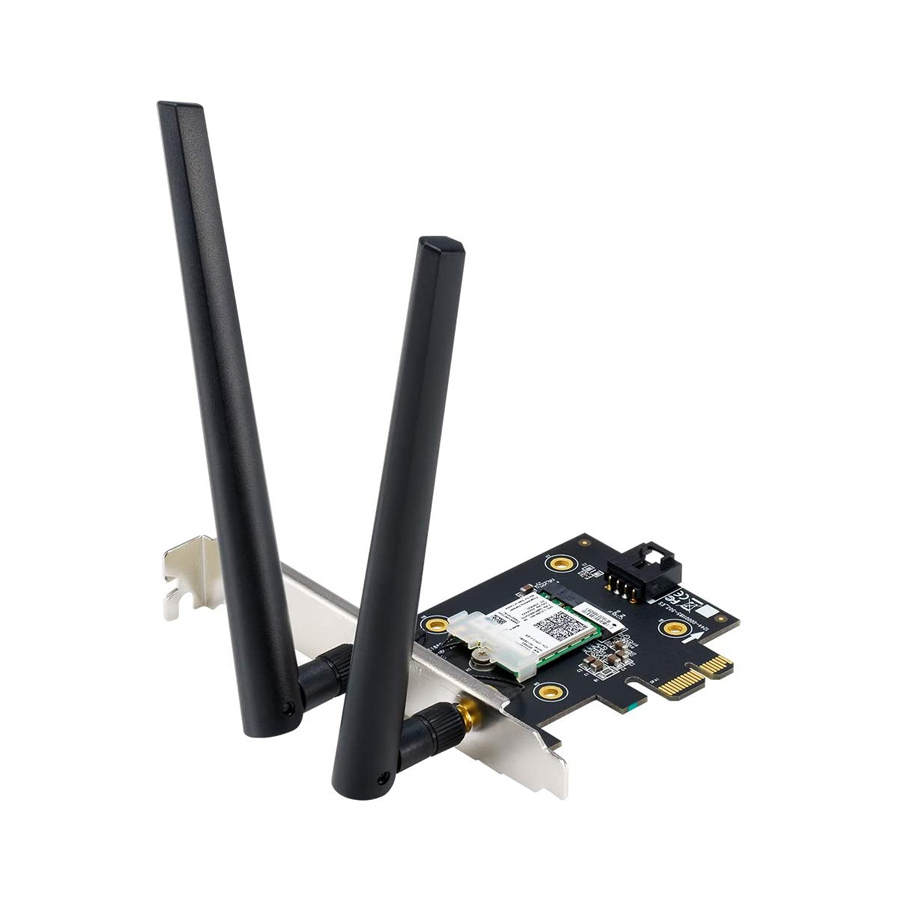
Asus USB AX-56 Dual Band AX1800 WIFI 6
Instant upgrade to WiFi 6 – Boost your PC to 802.11ax standard via USB with speeds up to 1800 Mbps.
Ultra-high efficiency – Enable faster transmission in high density environments with OFDMA, MU-MIMO and BSS Coloring.
Amplified signal – External antenna and cradle ensures powerful WiFi signal.
Supports WPA3 security – For enhanced WiFi security and more robust authentication.
Plug-and-play – Easy to use with wide operating system support.
| Data Transfer Rate | AX1800 ultimate AX performance: 1201Mbps+574Mbps |
|---|---|
| Compliant Standards | 802.11a, 802.11b, 802.11g, 802.11n, 802.11ax (2.4GHz), 802.11ax (5GHz) |
| Interface | USB 3.2 Gen1 |
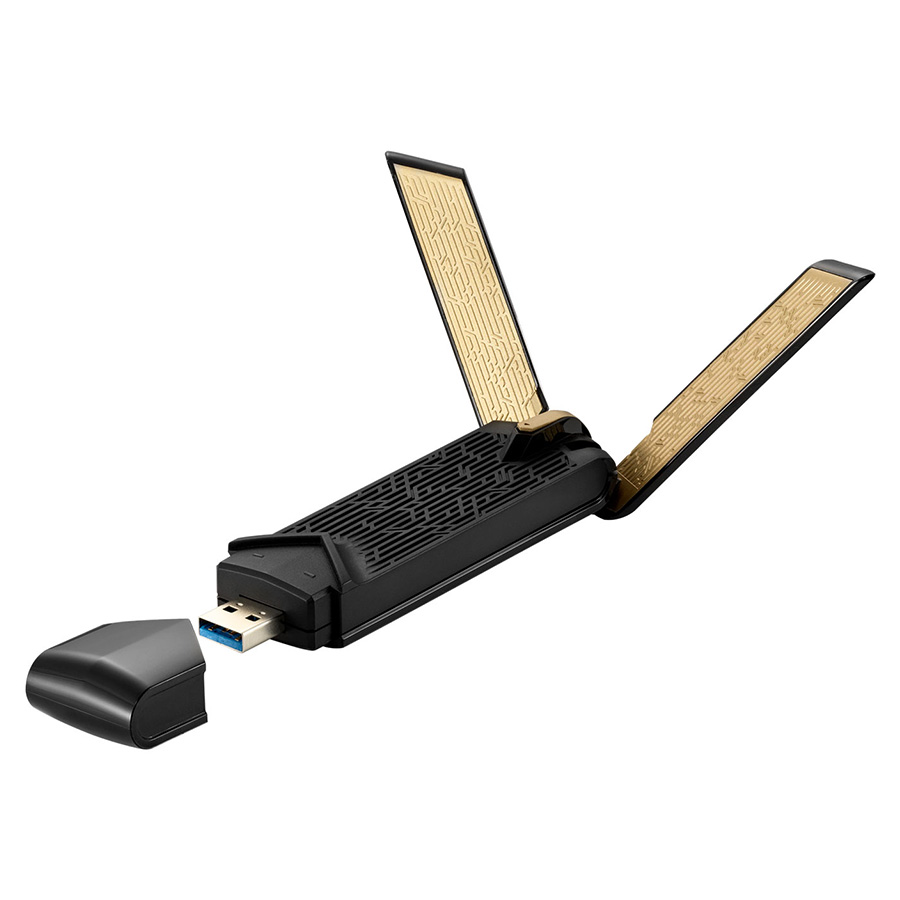
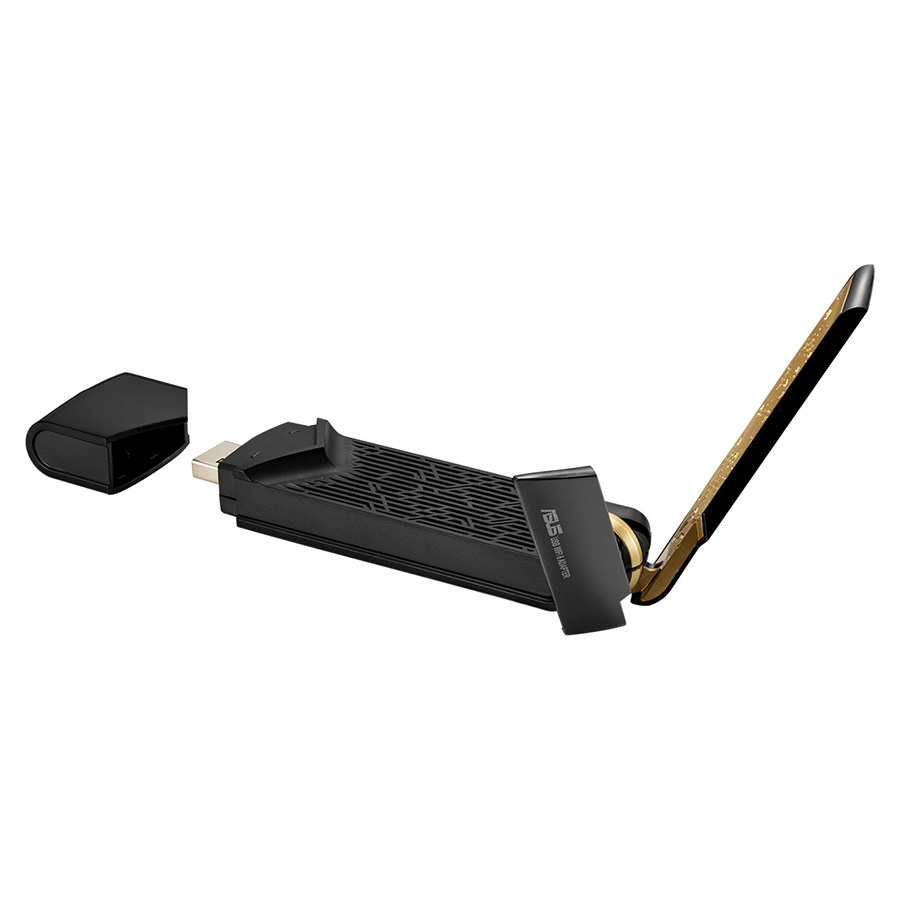
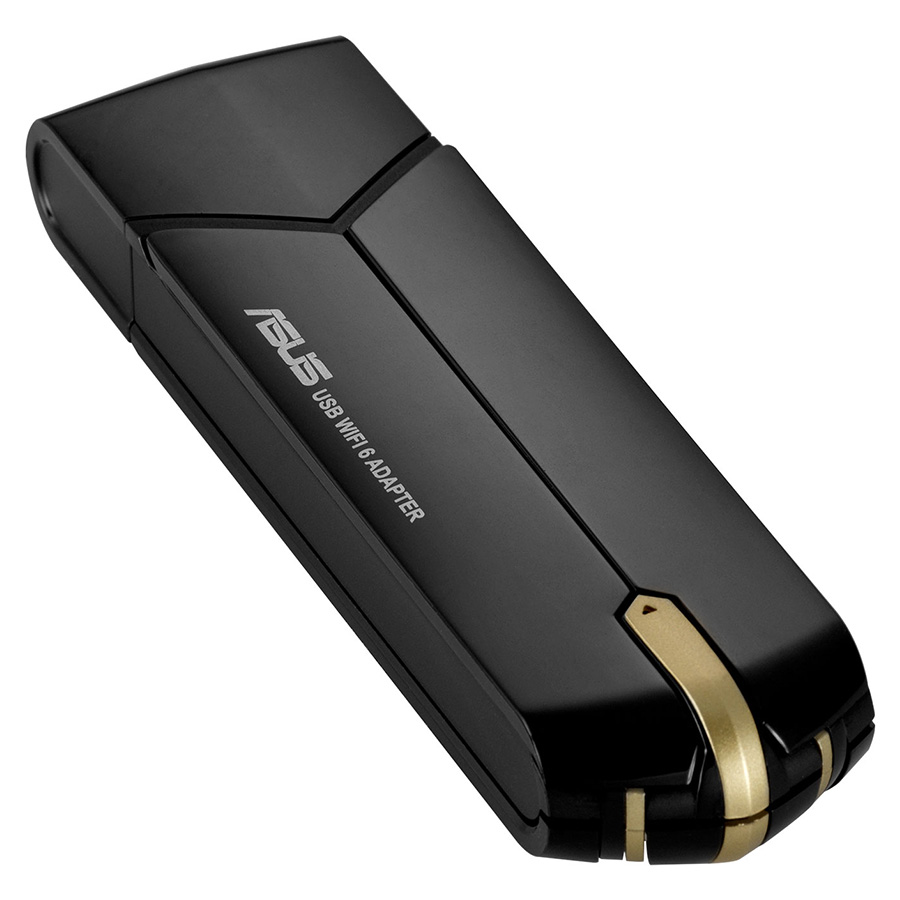
USB Bluetooth 5.0 adaptor
Leave the cables behind with a Bluetooth 5.0 standard USB adpator. Connect your bluetooth speakers, headsets, phones, tablets, keyboards, mice, controllers, printers, cameras, if its got bluetooth you can connect to it! Backward compatible with Bluetooth 4.0.
| Data Transfer Rate | 20M |
|---|---|
| Compliant Standards | Bluetooth 5.0 |
| Interface | USB |
